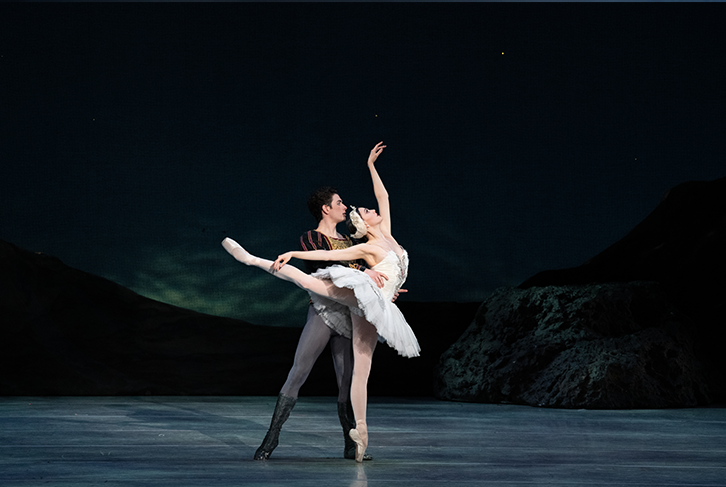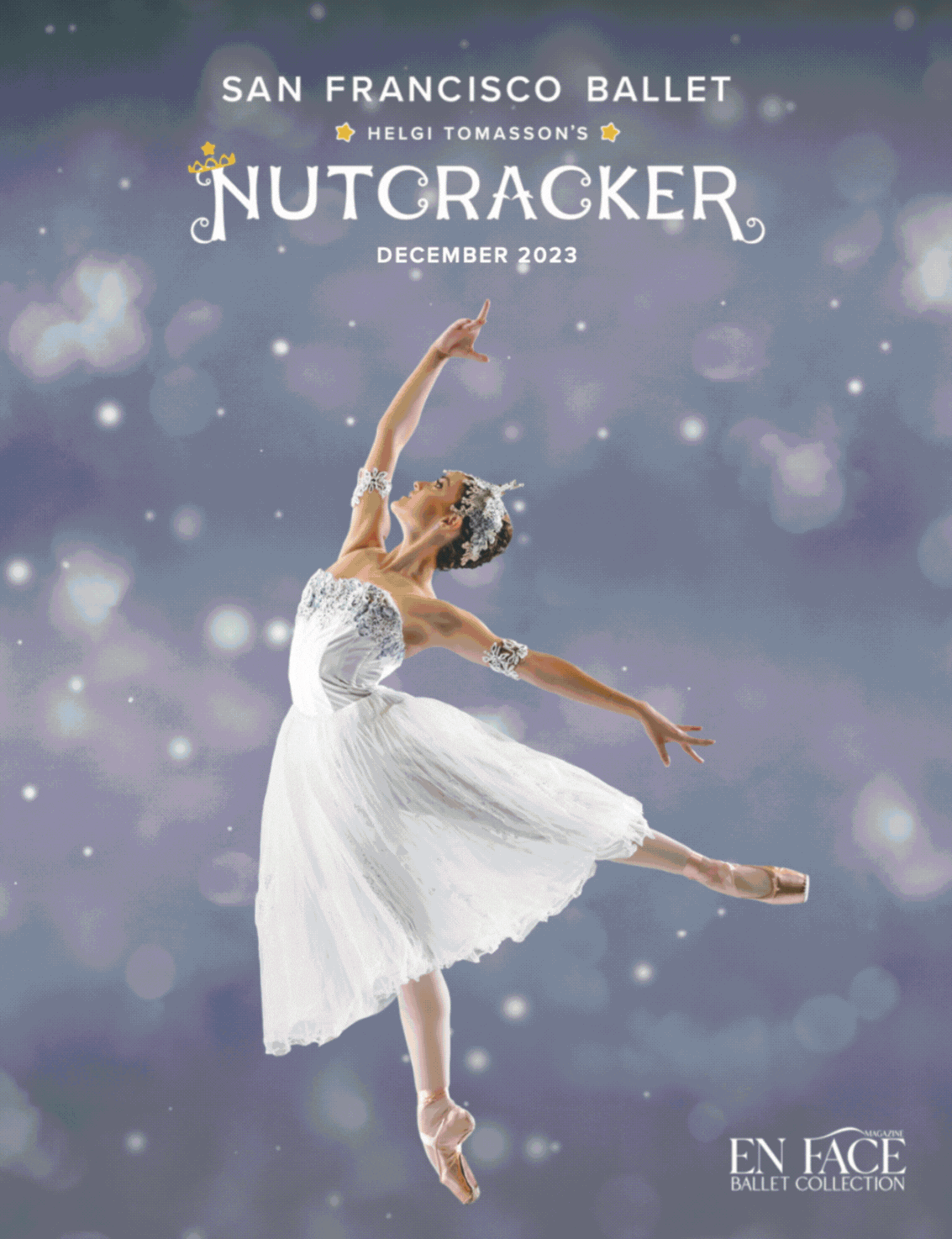
Header image featuring Cydney Dolan and Sterling Baca of Philadelphia Ballet in their 2021/2022 Season production of Swan Lake, choreography by Angel Corella. Photo by Arian Molina Soca
Today it is difficult to imagine that Sergei Prokofiev’s irresistible score for Romeo and Juliet, composed in 1935, could have received anything less than a rave reception. Alas, its first production was riddled with problems, and by the time the ballet was produced in Soviet Russia
in 1940, the regime labelled this groundbreaking music
as “degenerate.” This may explain why Prokofiev’s next ballet, Cinderella, features so many conventional dances, including a gavotte, a mazurka, and several glorious waltzes. Even so, the score is full of innovation, including a melancholy overture, ingenious touches of orchestration, and hilarious musical accompaniments to the antics of Cinderella’s bumbling stepsisters.
Choreographer Ben Stevenson’s Cinderella premiered in Washington, D.C. in 1970. It was important to Stevenson that his version of the ballet “appeal to adults and children alike, from the romance of
Cinderella and the Prince, to the humour of the Ugly Stepsisters. It is always wonderful to hear the laughter of the children in the audience.” First performed by then Pennsylvania Ballet in 1998, Ben Stevenson’s Cinderella has been an audience favorite ever since.
This article was written by Beatrice Jona Affron and first published in the Cinderella playbill. It is published here courtesy of The Philadelphia Ballet. Click here to learn more or read the entire playbill.









